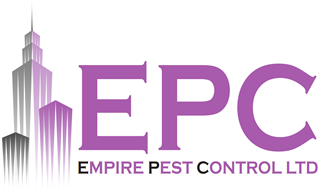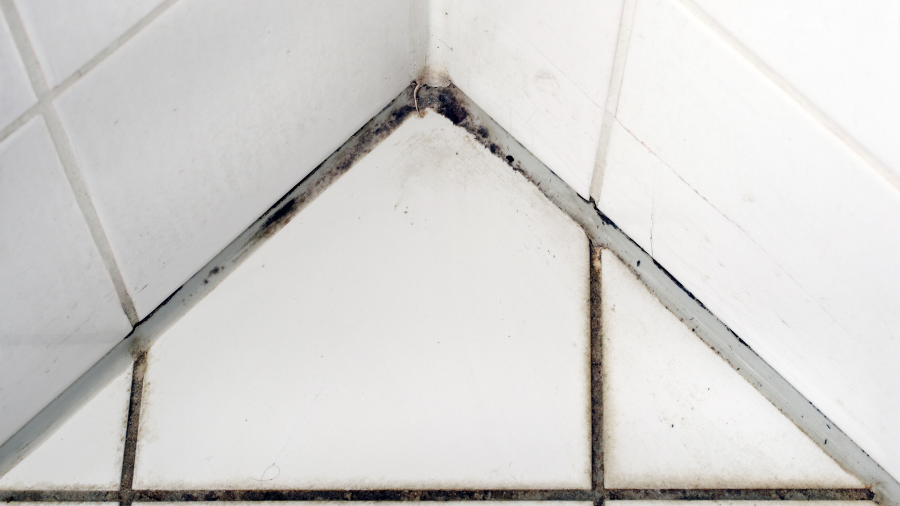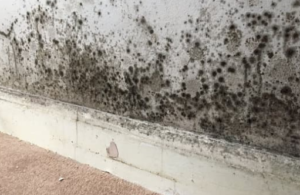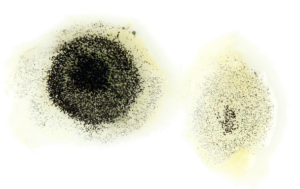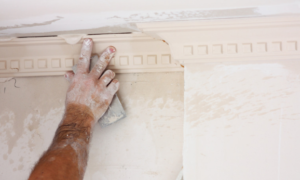Mould is a type of fungus and there are different types, that can grow indoors and outdoors and thrives in moisture. Moulds germinate from tiny spores that float in the air and settle on moist surfaces, where they reproduce as mould colonies. In this article, we are going to see the different types of mould found in homes and how to get rid of them.
What is Mould?
There are a thousand types of mould around the world, most of which are harmless. But some mould can become a problem that affects the integrity of your home. Some moulds are also toxic and can affect human health by attracting pests and insects.
The different types of Moulds found in homes
Fungicides are the most common type of mould found in homes. The fungus is a surface mould that grows in warm, wet places like your bathroom and in clothes and books stored in a wet basement. No one knows how many different types of mould there are, but experts estimate that there may be 300,000 different types or more from reliable sources. Some are more likely to appear at home than others.
Types of Moulds
Alternaria: These are found indoors in damp areas and leaking sinks.
Aspergillus: It often grows indoors on dust, powdered food products, and building materials such as drywall.
Cladosporium: It can grow in cold or warm regions. It appears on fabrics and wooden surfaces.
Penicillium: It grows on materials with water damage. It often has a blue and green appearance.
Moulds take many different shapes and textures. They can be white, black, yellow, blue or green and often look like discolouration or stains on the surface.
How to get rid of moulds?
It is important to eliminate moulds in your home because it can attract many types of pests such as drain flies, dust mites, booklice, and cockroaches. It is hard to eliminate these species once they are infested. So here are some ways to get rid of moulds and to prevent pest infestations.
Chlorine bleach: Sodium hypochlorite or regular household bleach works best to kill mould and remove any discolouration. It is very severe and must be diluted before use.
Hydrogen peroxide: Less severe than chlorine bleach, hydrogen peroxide (a 3% to 10% solution) will destroy the moulds and illuminate the stains. Although it has a bleaching effect, it works slower than chlorine bleach, but no fumes or residues.
Baking soda and borax: Sodium bicarbonate (baking soda) and borax each have a high pH, which prevents mould growth and survival. Both products are inexpensive and non-toxic, it’s easy to mix with water. Borax works better than baking soda for removing any durable stains, but it may not be as effective as a strong cleaning product.
Rubbing alcohol: Rubbing alcohol is not as strong at killing mould as other products. But when it’s diluted with equal parts water, rubbing alcohol cleans surfaces without any damage and helps prevent mould and mildew growth on fabric, leather, and paper.
When using any of these products, do not rinse off the spring cleaning solution completely. Leaving a bit of cleaner on will help prevent future mould growth.
Conclusion
In this article, you have learned some of the different types of mould found in your home. We hope this article helps you to get rid of mould, but make sure to use the chemicals with proper protection and guidance to avoid any health risks.

